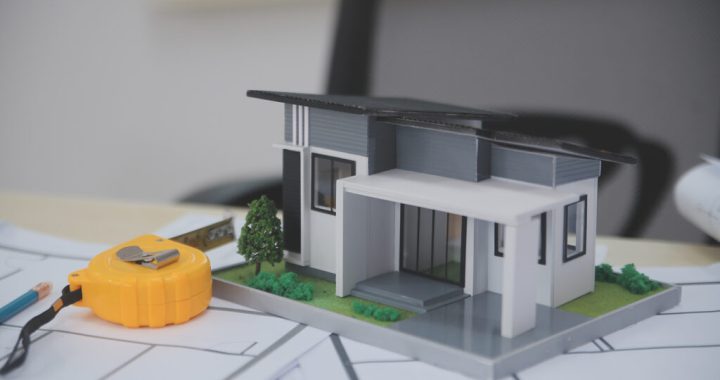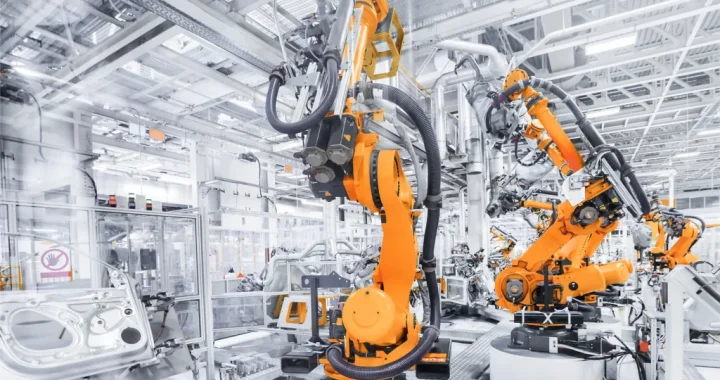How to Choose the Right Materials for Your Construction Project

Selecting the appropriate materials for your construction project is a critical process that directly impacts the durability, functionality, and aesthetic appeal of your structure. This comprehensive guide will delve into the essential considerations for making informed choices, ensuring your project aligns with your objectives and budget.
Understand the Purpose of Your Project
The foundation of material selection lies in understanding the specific purpose of your construction. Is it a residential property, a commercial building, or a public infrastructure project? Each type of construction demands unique material properties. For instance:
- Residential Projects: Focus on materials that provide comfort, insulation, and aesthetics, such as high-quality wood, brick, and energy-efficient glass.
- Commercial Buildings: Prioritize strength and durability, opting for steel, concrete, and advanced composites that can withstand high traffic and usage.
- Infrastructure Projects: Select robust materials like reinforced concrete and asphalt for long-term performance under extreme conditions.
A clear understanding of the project’s purpose ensures that your materials serve both functional and aesthetic needs effectively.
Evaluate the Environmental Conditions
Environmental factors play a significant role in determining material longevity and performance. Consider the following elements:
- Climate: In humid regions, materials prone to moisture damage, like untreated wood, should be avoided. Opt for moisture-resistant materials such as vinyl or treated timber.
- Seismic Activity: In earthquake-prone areas, choose flexible materials like steel and engineered wood that can absorb shock without significant damage.
- Exposure: If the structure will face heavy wind, rain, or UV exposure, prioritize weather-resistant options such as concrete, aluminum, and weather-treated glass.
Understanding the local environment helps mitigate potential damage, reducing maintenance costs and enhancing the structure’s lifespan.
Prioritize Quality Over Cost
While cost is an important consideration, prioritizing quality ensures long-term savings and structural integrity. High-quality materials often come with certifications or ratings that verify their reliability. Some key points to consider include:
- Strength and Durability: Materials like reinforced steel and high-grade concrete offer exceptional durability, reducing repair frequency.
- Safety Standards: Ensure materials meet local building codes and safety standards. Non-toxic paints, fire-resistant insulation, and anti-slip flooring are examples of safety-focused materials.
- Energy Efficiency: Investing in materials like insulated panels and energy-efficient windows can lower utility bills and improve sustainability.
Balancing quality with budget constraints is crucial, but compromising on quality can lead to costly repairs and safety issues in the future.
Assess Sustainability and Environmental Impact
Sustainability has become a key consideration in modern construction. Choosing eco-friendly materials minimizes environmental impact and can also improve the market value of your property. Factors to consider include:
- Recyclability: Materials like metal and glass can often be recycled, reducing waste.
- Renewable Options: Bamboo, cork, and sustainably harvested wood are excellent renewable choices.
- Energy Consumption: Materials with low embodied energy, such as adobe or rammed earth, reduce the carbon footprint of your project.
Additionally, certifications like LEED (Leadership in Energy and Environmental Design) or FSC (Forest Stewardship Council) can guide you in selecting environmentally responsible materials.
Analyze the Aesthetic Appeal
Materials contribute significantly to the visual appeal of a structure. Whether you aim for a modern, rustic, or traditional look, the right choice of materials enhances the overall design. For example:
- Modern Designs: Utilize sleek materials like glass, steel, and polished concrete to achieve a contemporary appearance.
- Rustic Charm: Incorporate natural elements such as stone, reclaimed wood, and terracotta for a warm, inviting feel.
- Traditional Styles: Opt for materials like brick, ornate woodwork, and ceramic tiles to align with classic architectural themes.
Aligning material selection with the desired aesthetic ensures a cohesive and polished finish for your project.
Collaborate with Experts
Engaging with architects, engineers, and material suppliers is invaluable in making informed decisions. Professionals can provide insights into material performance, availability, and compatibility with your design. Key benefits of expert collaboration include:
- Customized Recommendations: Tailored advice based on the unique needs of your project.
- Access to Innovations: Exposure to the latest materials and technologies that can enhance functionality and efficiency.
- Quality Assurance: Guidance in verifying material certifications and avoiding counterfeit products.
A collaborative approach minimizes risks and ensures a smooth construction process.
Test and Inspect Materials Before Use
Before finalizing your choice, conducting tests and inspections ensures materials meet the required standards. Steps to take include:
- Sample Testing: Obtain samples and test for properties like strength, flexibility, and resistance to elements.
- Third-Party Verification: Use certified laboratories or consultants to validate material quality.
- On-Site Inspections: Regularly monitor material delivery to ensure consistency with specifications.
Thorough testing and inspection prevent costly mistakes and ensure the structural integrity of your project.
Factor in Maintenance Requirements
Some materials require regular upkeep to maintain their performance and appearance. Consider:
- Low-Maintenance Options: Materials like composite decking, stainless steel, and ceramic tiles offer durability with minimal maintenance.
- Repair Costs: Evaluate the ease and cost of repairs for each material.
- Long-Term Viability: Choose materials with a proven track record of enduring performance.
Selecting materials that align with your maintenance capacity ensures a hassle-free experience in the long term.
By thoughtfully considering these factors, you can ensure that the materials you select not only fulfill your project’s immediate needs but also contribute to its longevity, efficiency, and visual appeal.

 What Happens After Your Security Alarm Goes Off?
What Happens After Your Security Alarm Goes Off?  How Make-Good Services Ensure Smooth Lease Transitions and Compliance
How Make-Good Services Ensure Smooth Lease Transitions and Compliance  The Shift from Concept to Real-World 3D Build Projects
The Shift from Concept to Real-World 3D Build Projects  Effortless Office Moves in Melbourne
Effortless Office Moves in Melbourne  SEBI’s Latest Regulations for Investment Advisory Services in India
SEBI’s Latest Regulations for Investment Advisory Services in India  Exploring the Most Effective Business Services for Entrepreneurs
Exploring the Most Effective Business Services for Entrepreneurs  The Evolution of Industry: From the Industrial Revolution to the Age of Automation
The Evolution of Industry: From the Industrial Revolution to the Age of Automation